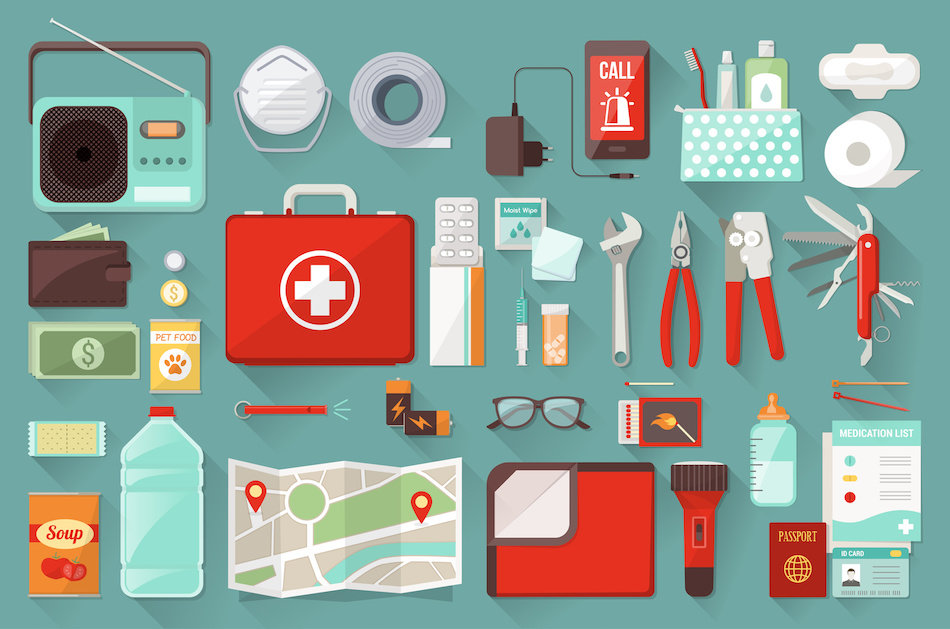Creating your 72-Hour Emergency Kit
Posted by Justin Havre on Friday, February 8th, 2019 at 10:18am.
 Experts often say that, when a natural disaster occurs, most problems stem from a failure to prepare more than the disaster itself. Canada is subject to a number of risks, depending on location. Issues can range from flooding to earthquakes to extended isolation due to heavy snowfall. In addition, everyone has the potential to fall prey to smaller disasters like injuries around the home. To stay prepared, homeowners should research which disasters are common in their area and prepare accordingly. By setting aside some supplies in an emergency kit now, the impact of any emergency can be made far less severe. Things that should be in every household emergency kit include:
Experts often say that, when a natural disaster occurs, most problems stem from a failure to prepare more than the disaster itself. Canada is subject to a number of risks, depending on location. Issues can range from flooding to earthquakes to extended isolation due to heavy snowfall. In addition, everyone has the potential to fall prey to smaller disasters like injuries around the home. To stay prepared, homeowners should research which disasters are common in their area and prepare accordingly. By setting aside some supplies in an emergency kit now, the impact of any emergency can be made far less severe. Things that should be in every household emergency kit include:
Food and Water
In the event of certain types of emergencies, families will not be able to get out to run to the store. Or, if they can, they may find that they have no power to cook with when they return. Because of this, a supply of water and shelf stable food is the backbone of a good emergency supply kit.
There should be enough water for each family member to have and use one gallon per person per day. A seventy-two hour kit for four, for instance, should contain 12 gallons of water. Bottled water from the store keeps indefinitely.
An array of canned goods can provide nutrition even when the power is off. Keep protein items like canned fish and chicken, protein bars, as well as vegetables and fruit. Try to include a few morale foods like cookies and candy, as well. They can provide comfort when disasters make life stressful.
First Aid and Medication
After accounting for basic needs, it's time to account for the things that can go wrong. A first aid kit should contain all of the items that can be used to help with minor injuries. Commonly included items include a range of bandages, antibiotic ointment, splints, cold packs and other gear. There are a number of detailed guides online from organizations like the Red Cross.
If anyone in the family takes daily medication, there should be a supply of that in your emergency kit. Recommendations vary based on a number of factors. Some experts say an extra month's worth of medication, while others recommend as many as three months. Make sure that medications are rotated in and out of the emergency kit regularly so that they do not expire.
Essential Tools
A tool box that has supplies for a disaster is another essential. Adjustable wrenches can be used to turn off water or gas lines in an emergency. Hammers and nails can be used to board windows. Tarps can keep the elements out if there is an issue with a damaged window or roof.
Each family's needs and storage area are unique and emergency kits should be customized to fit. Some families will need to start small because of budget or space constraints. However, each addition to a kit is that much comfort available on. By taking action now, a family can better ensure that they can weather any storm.
